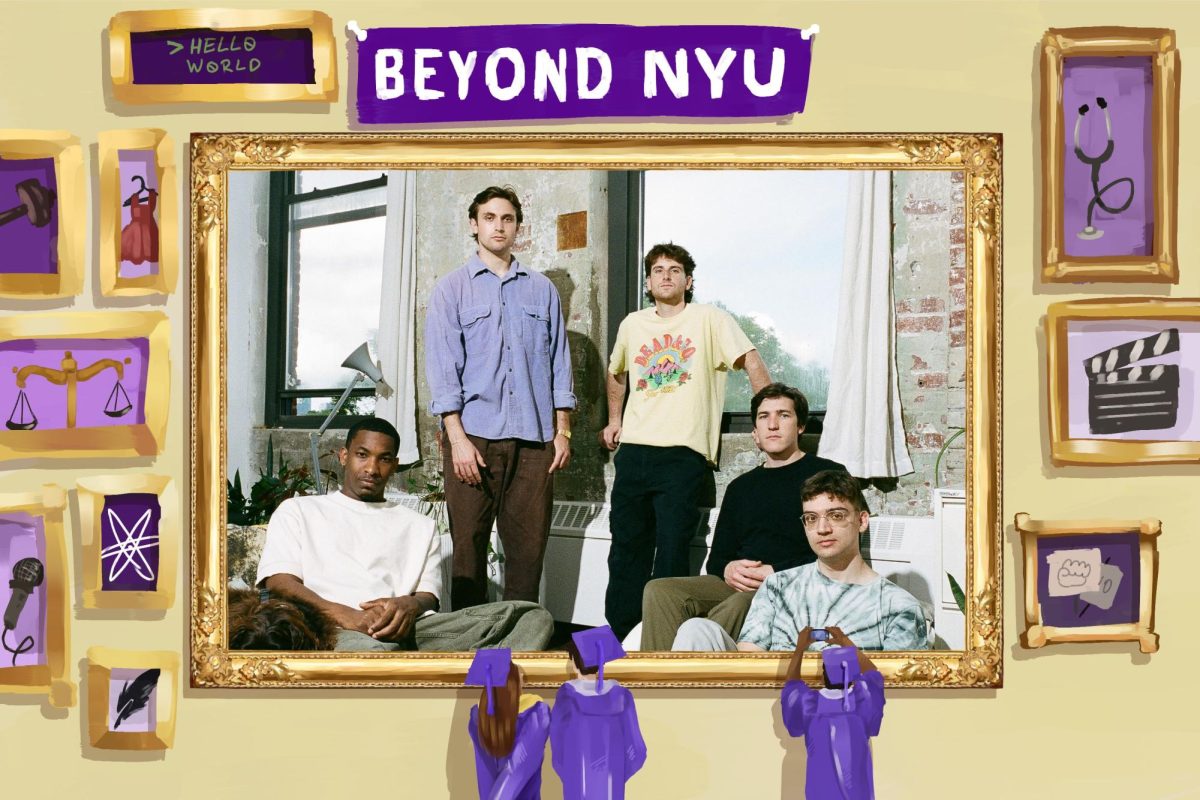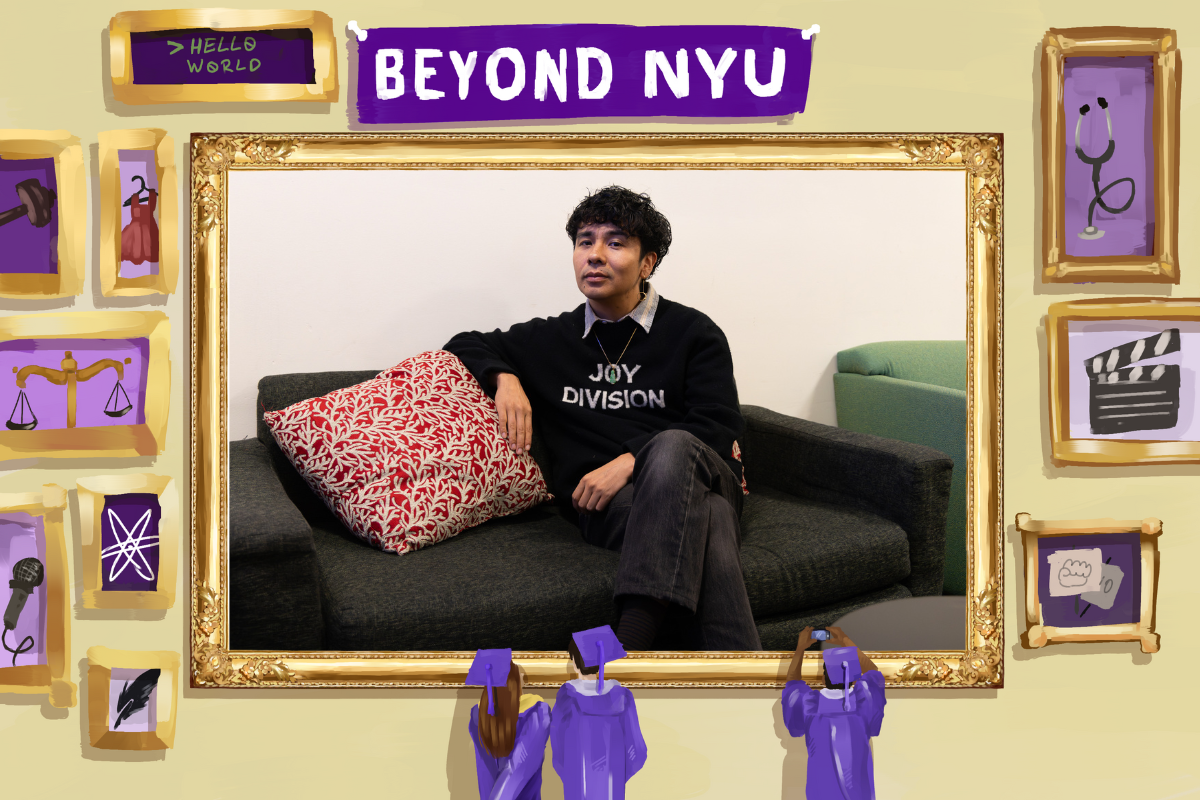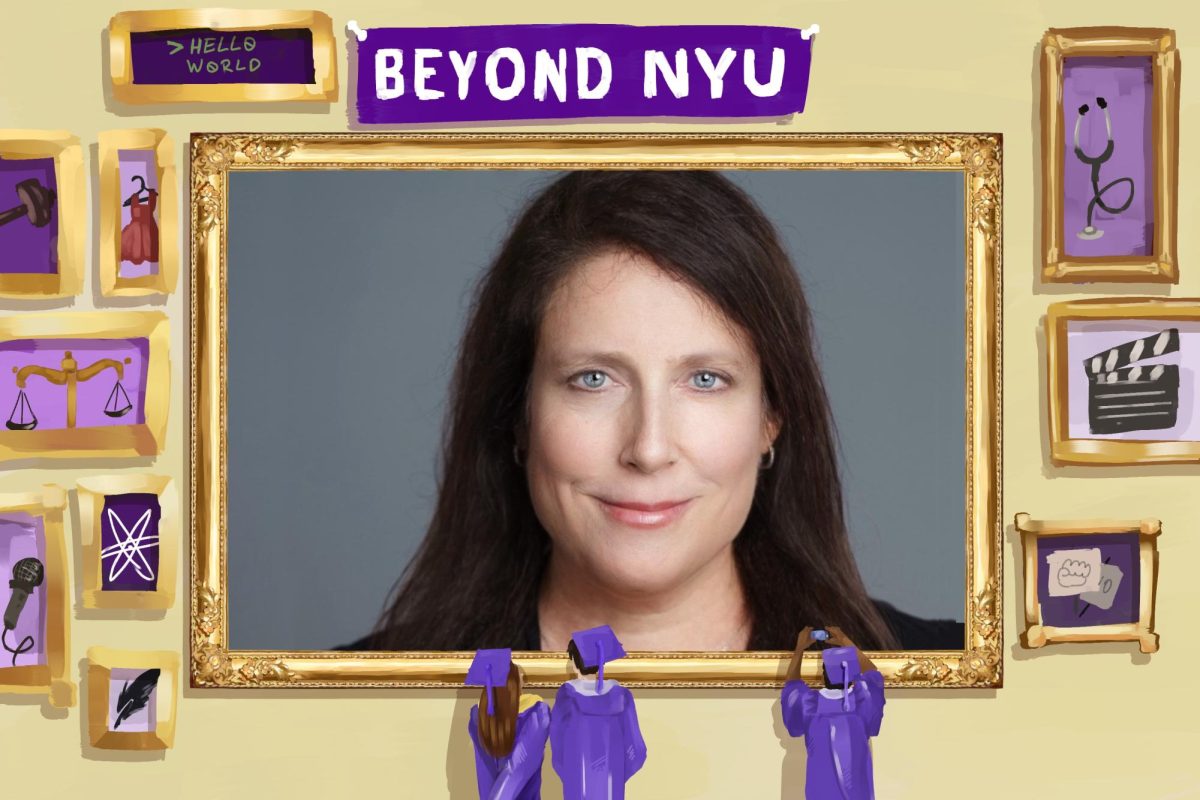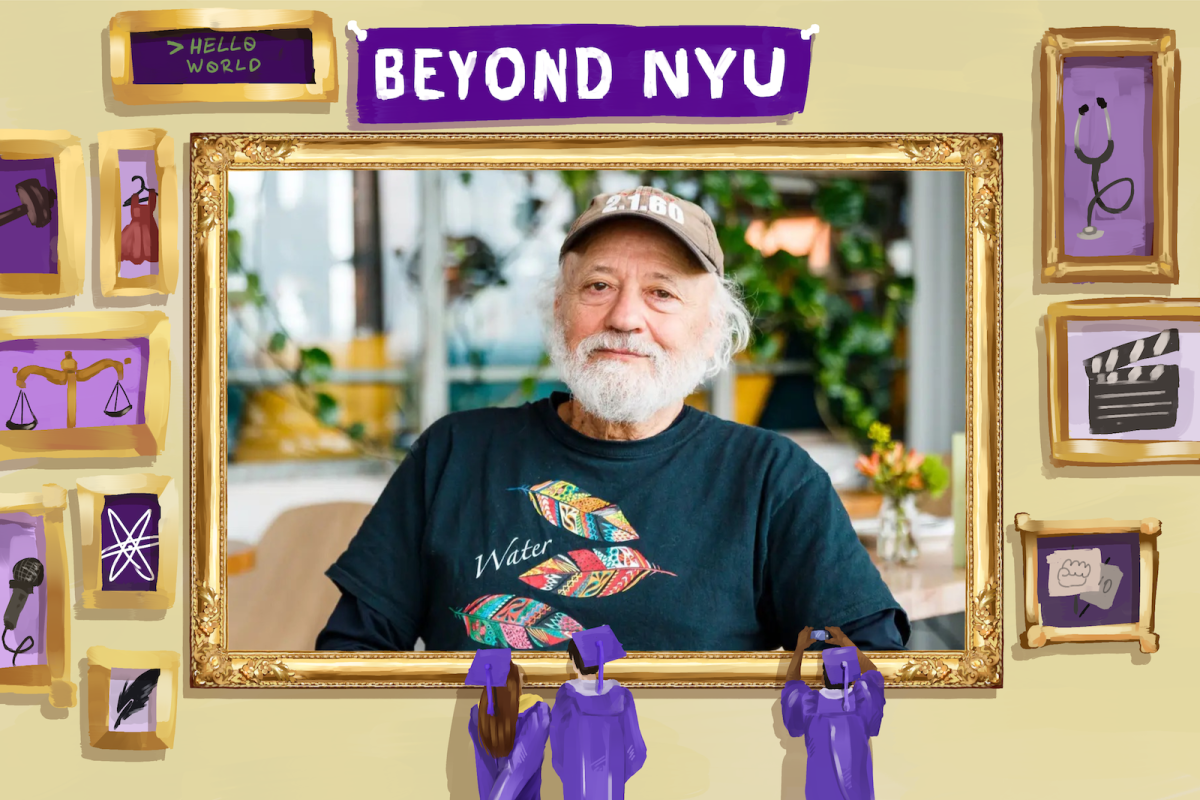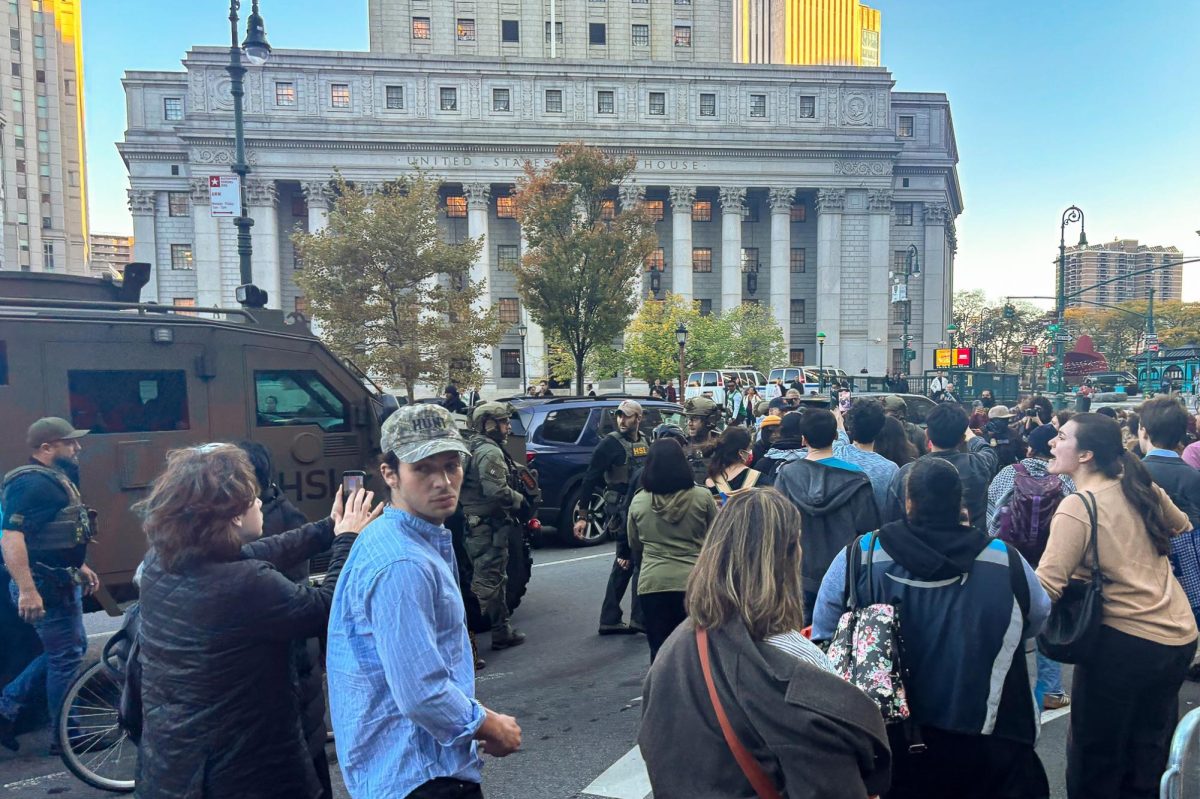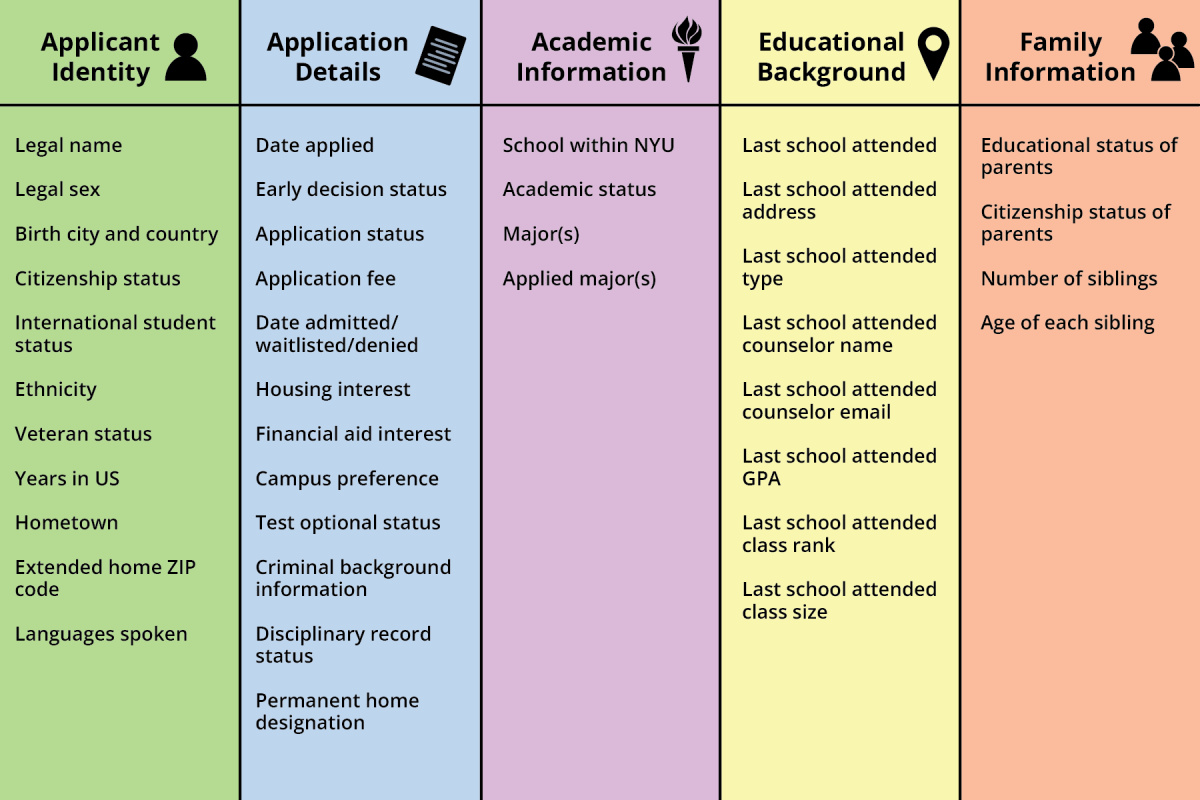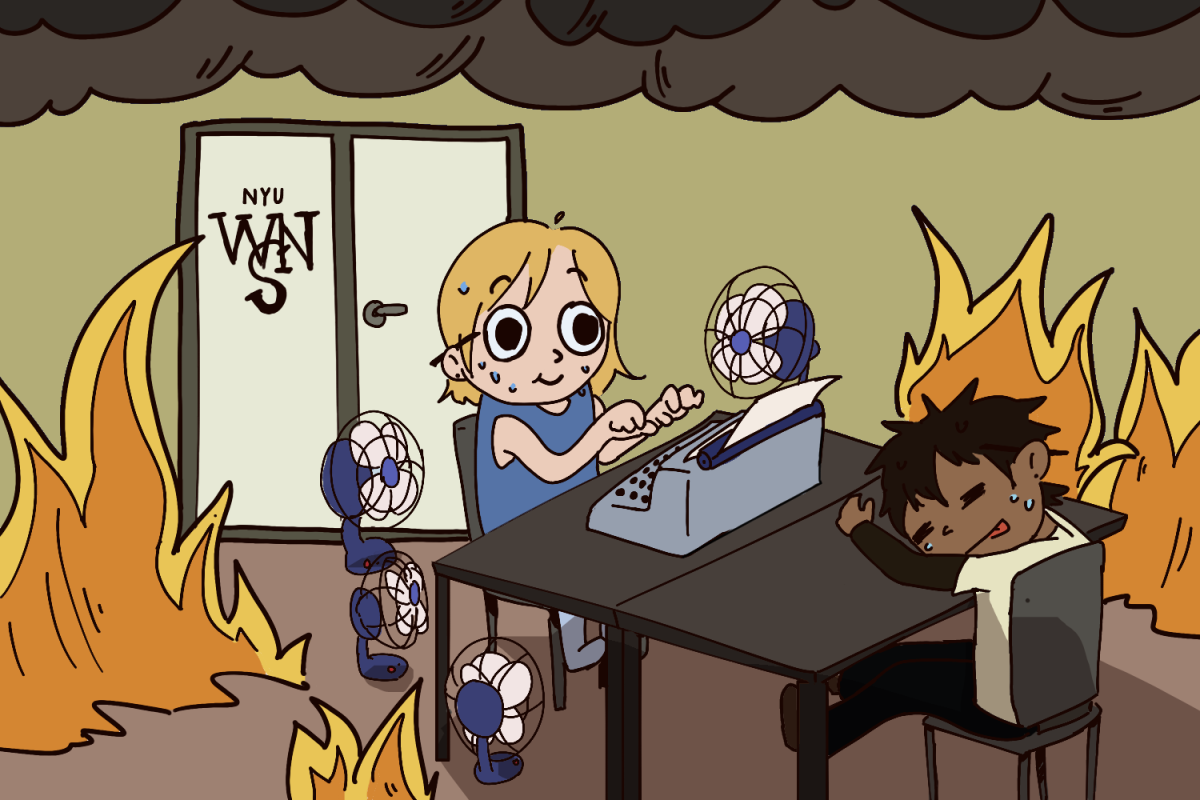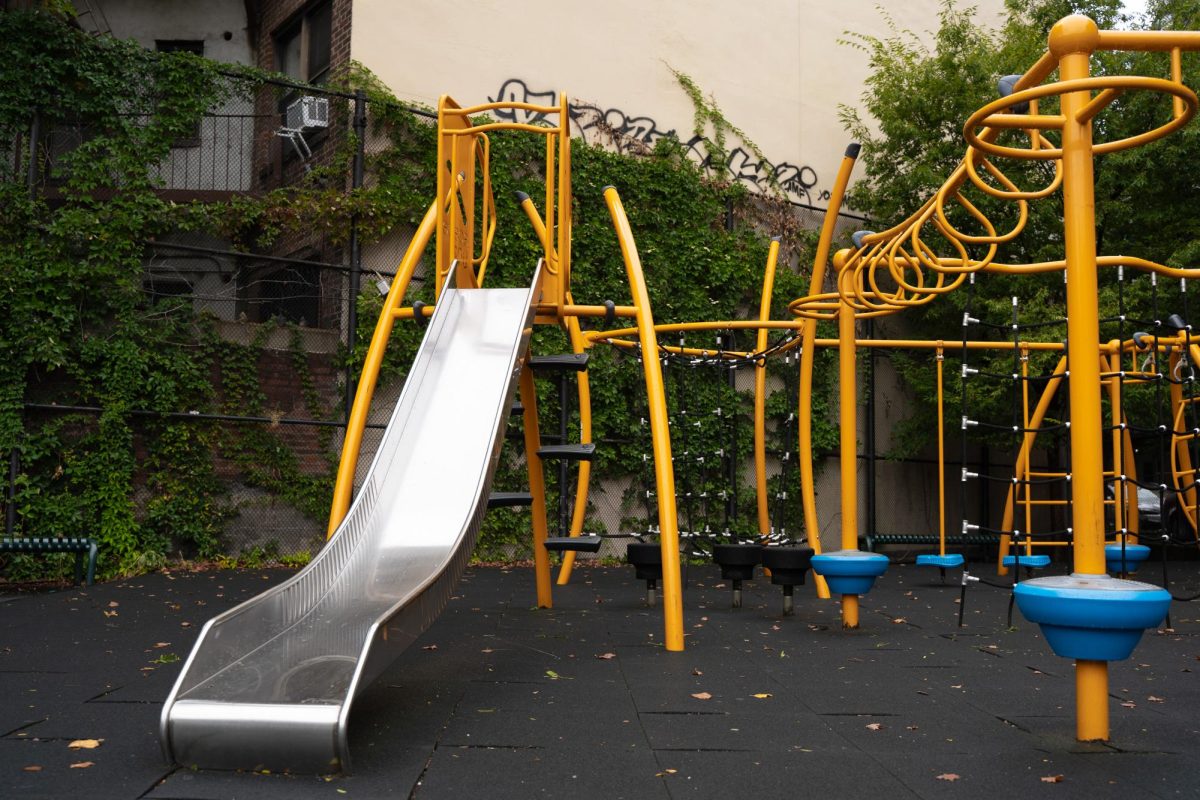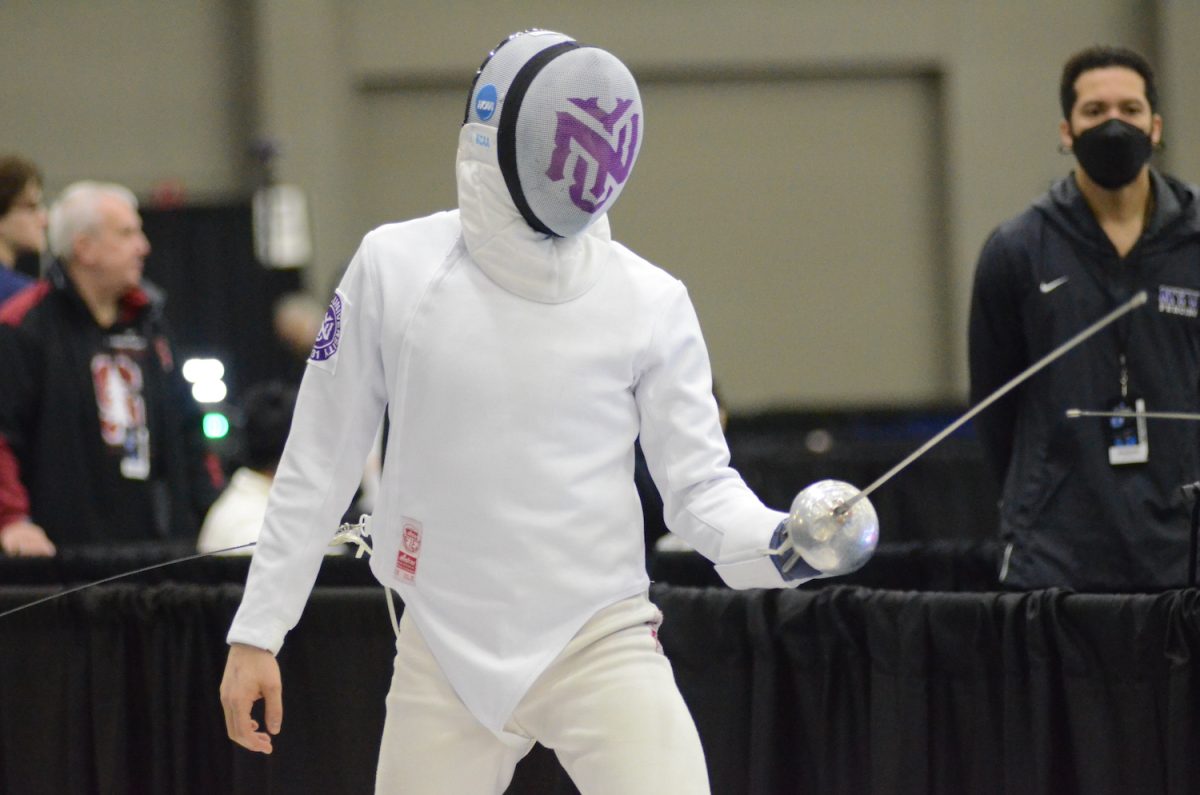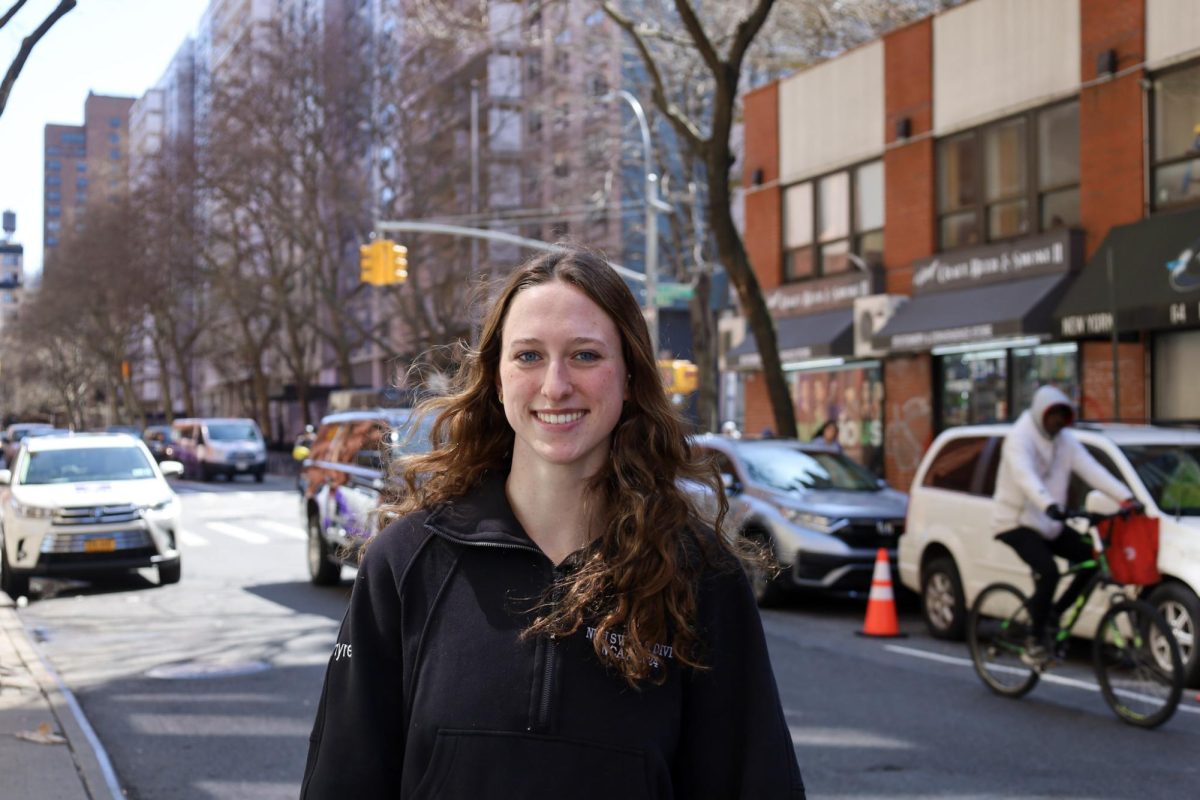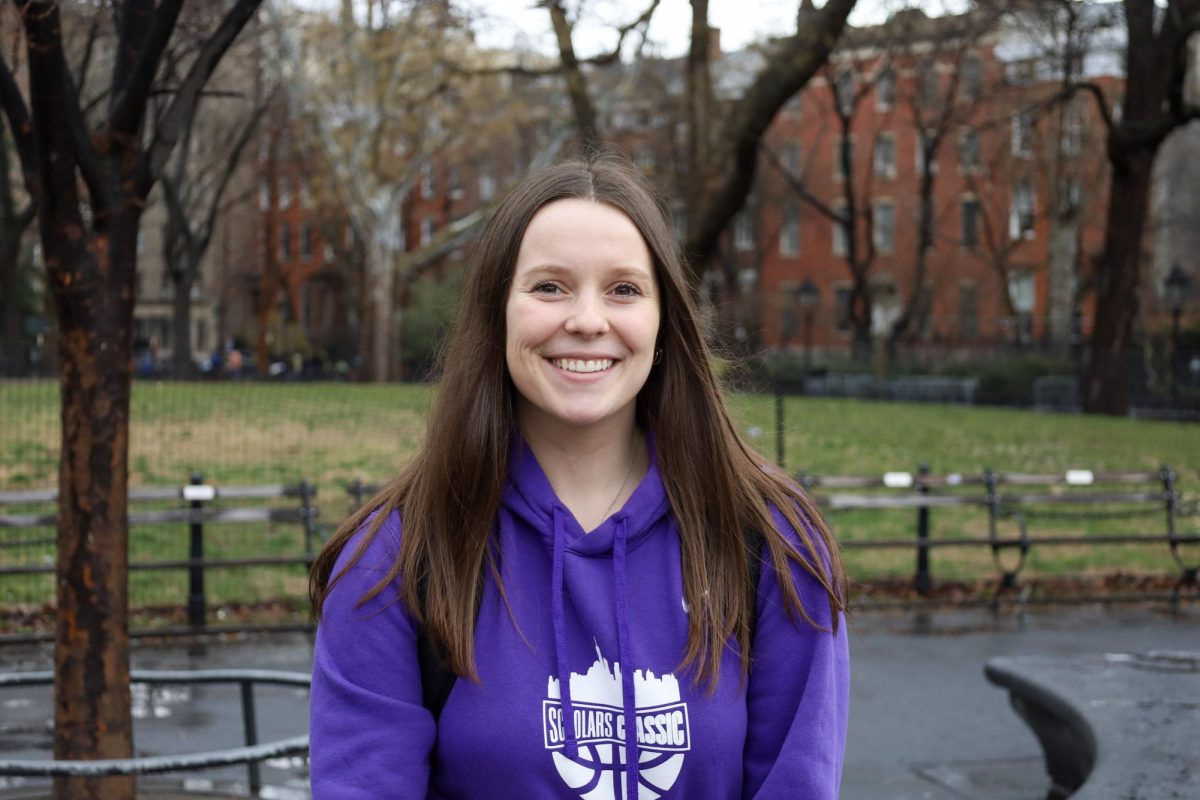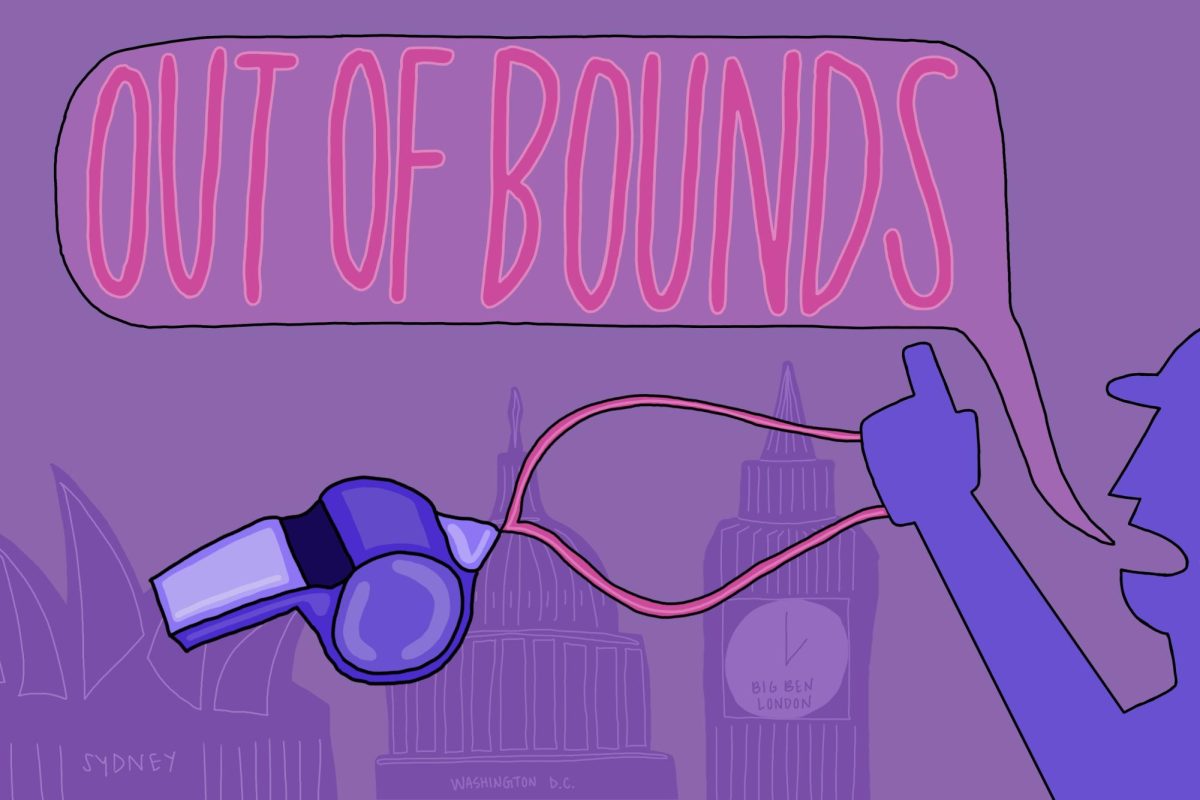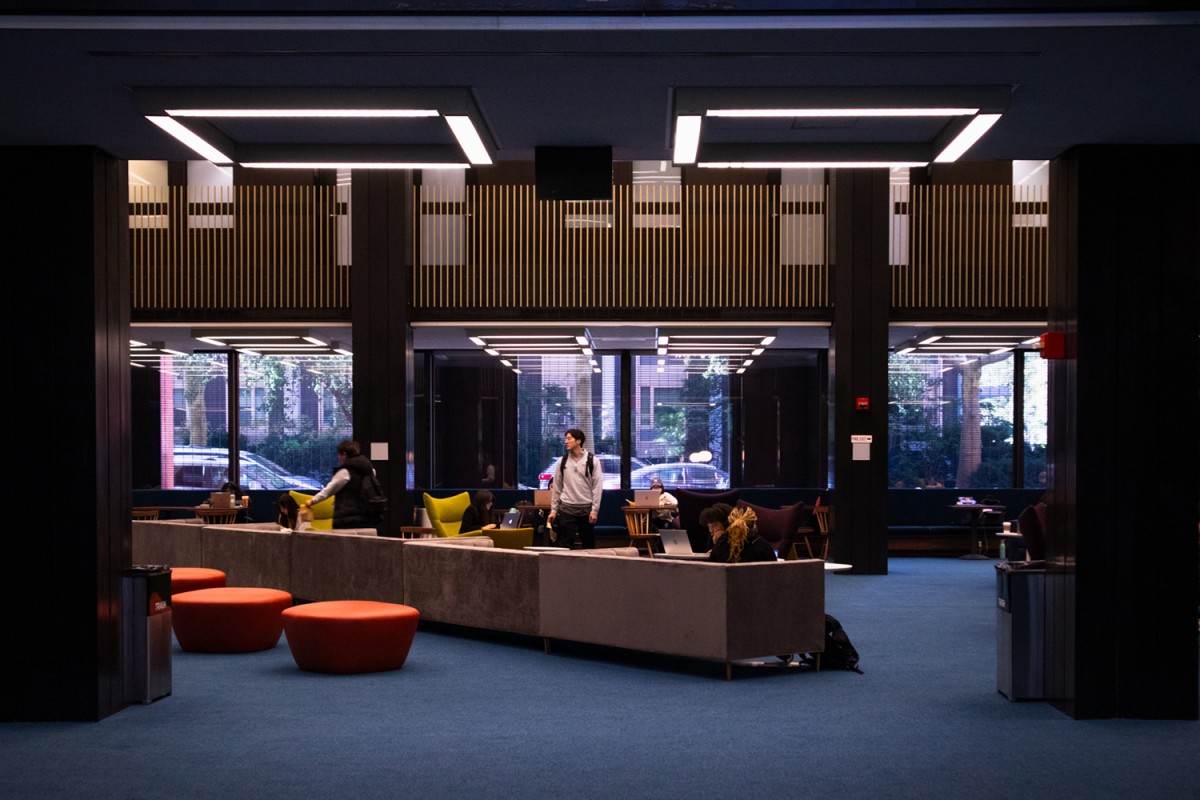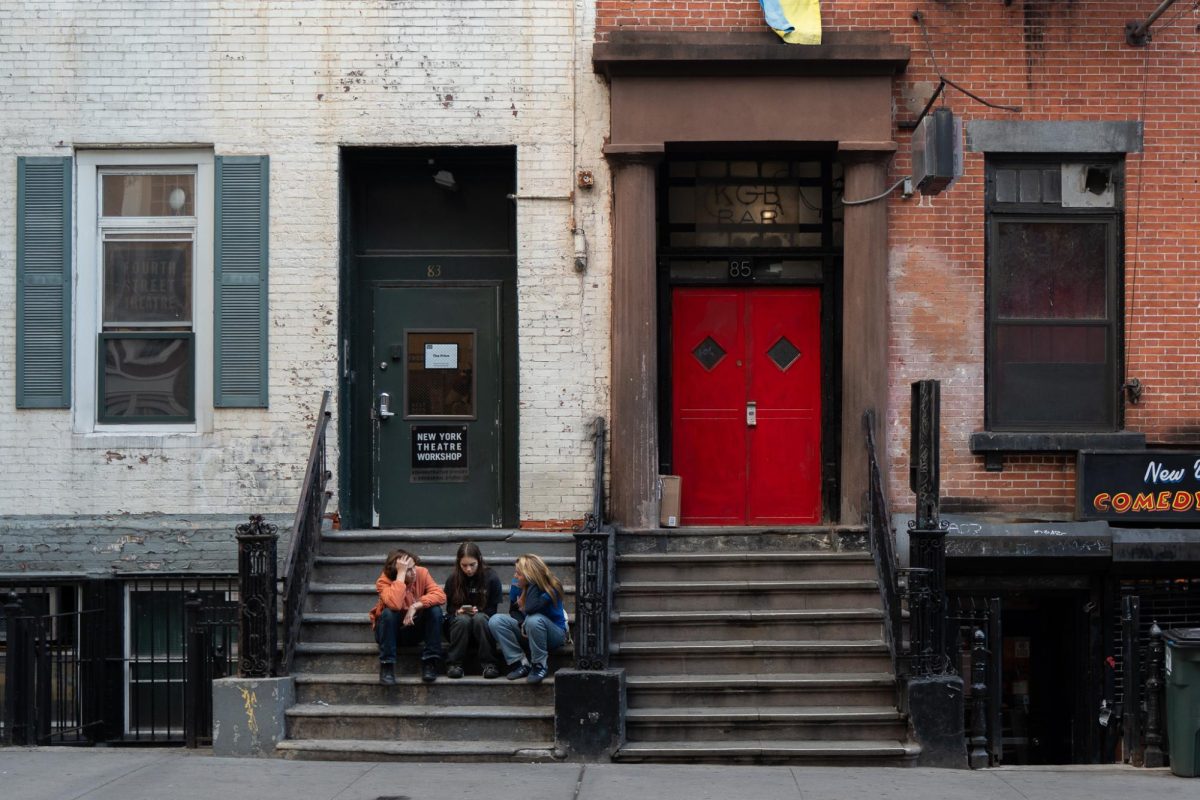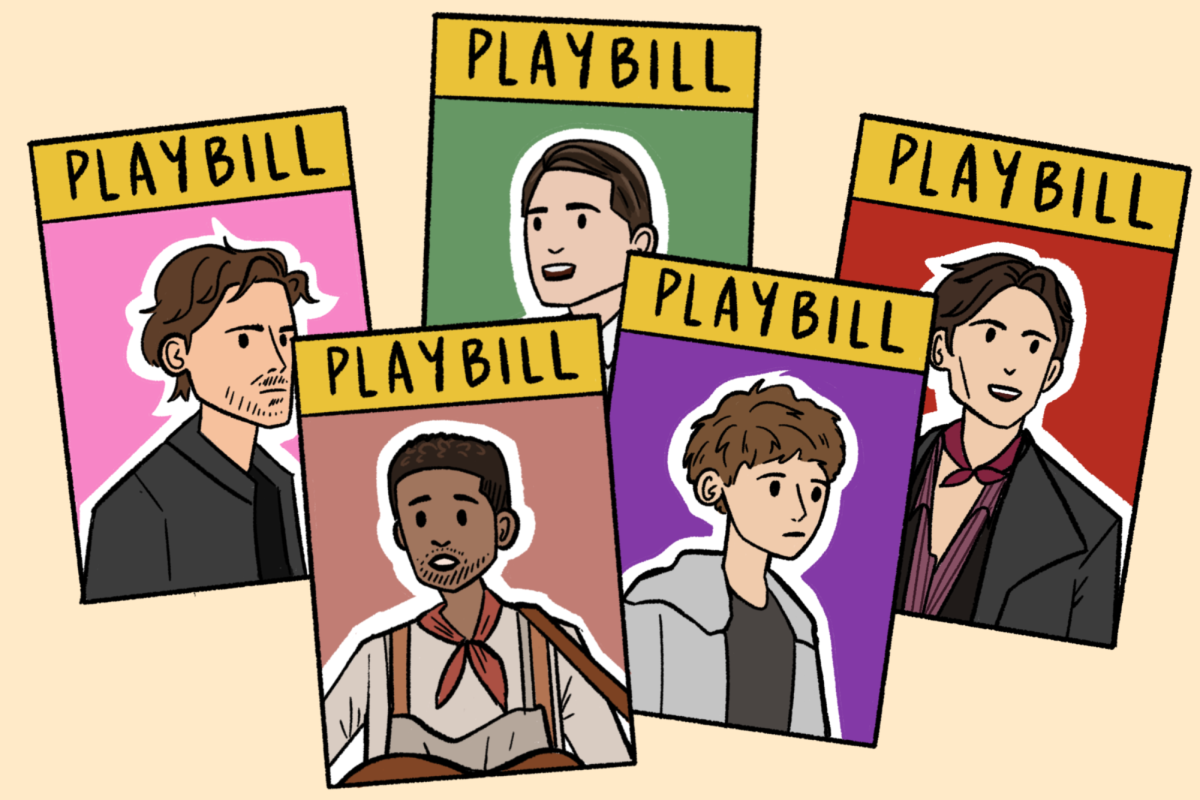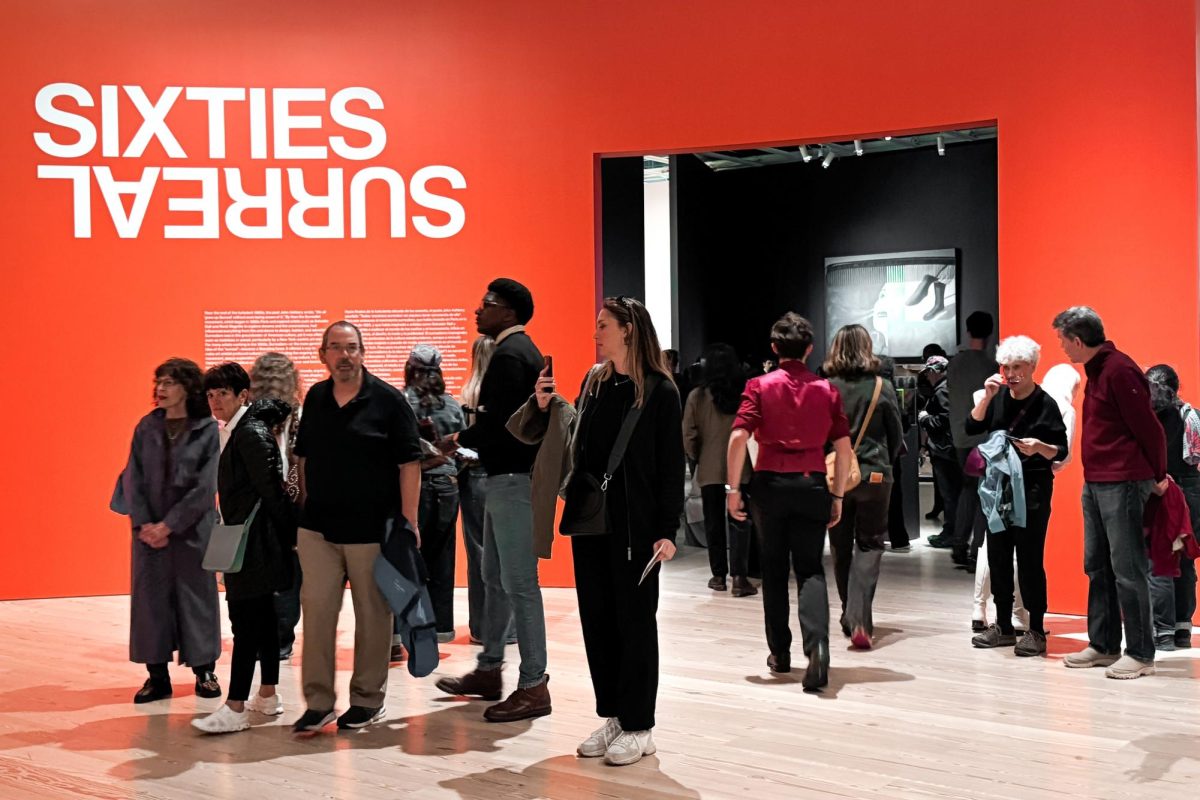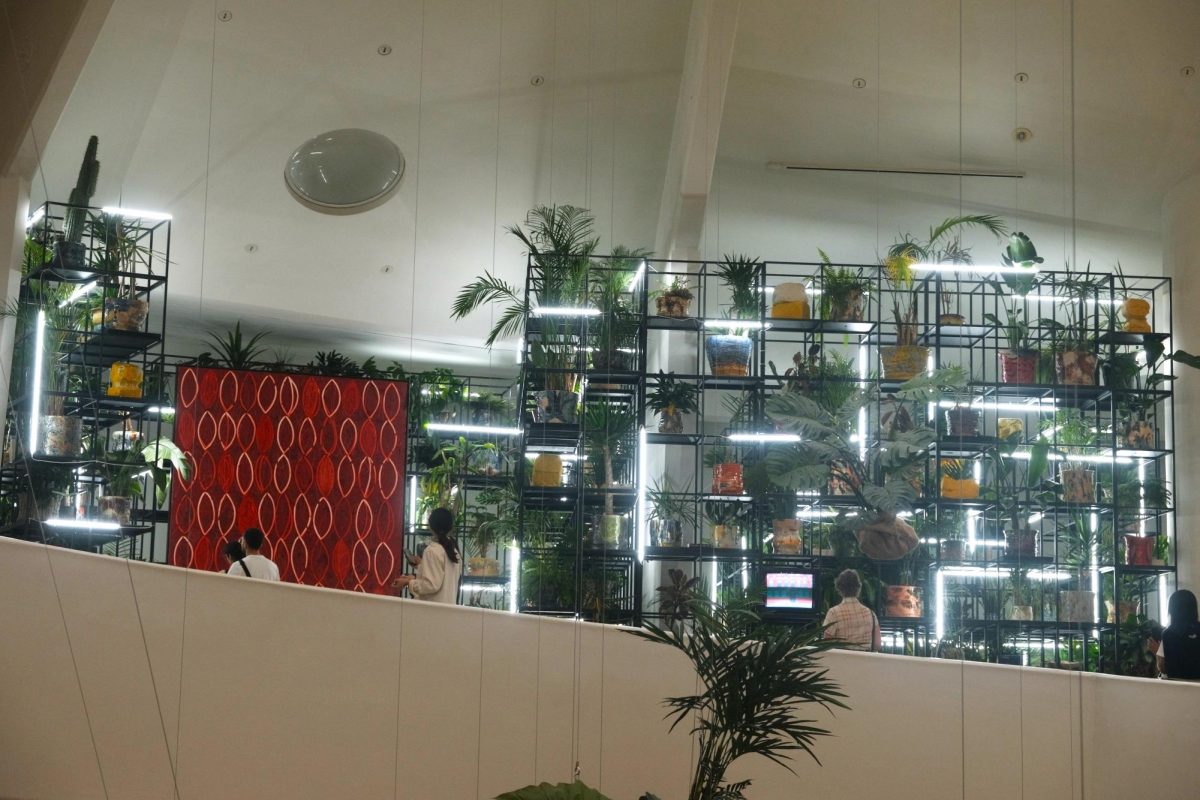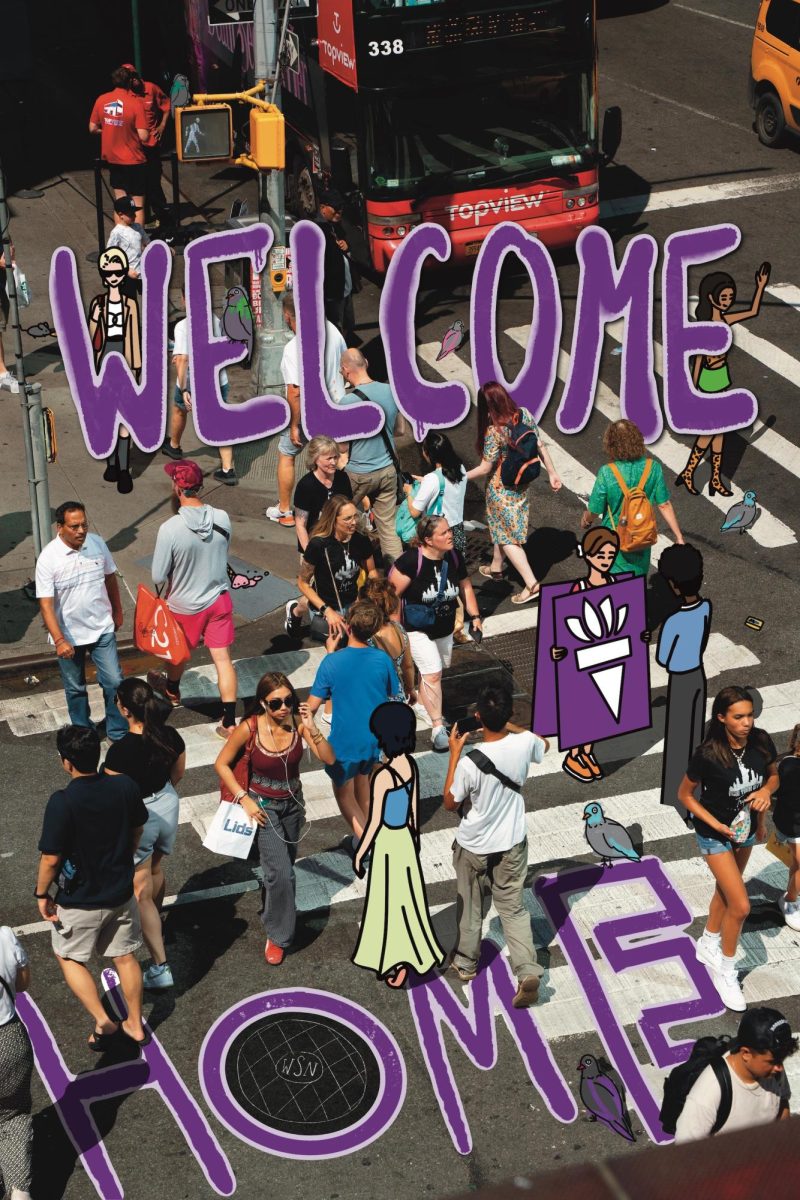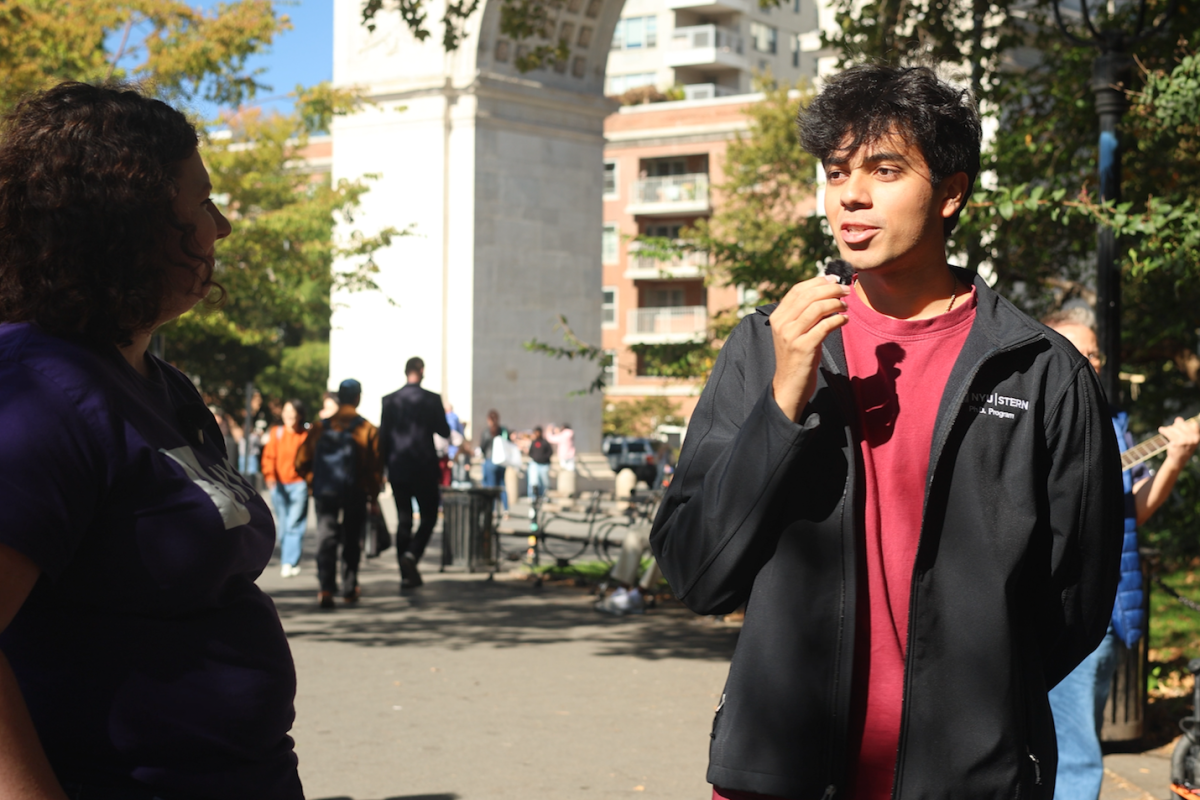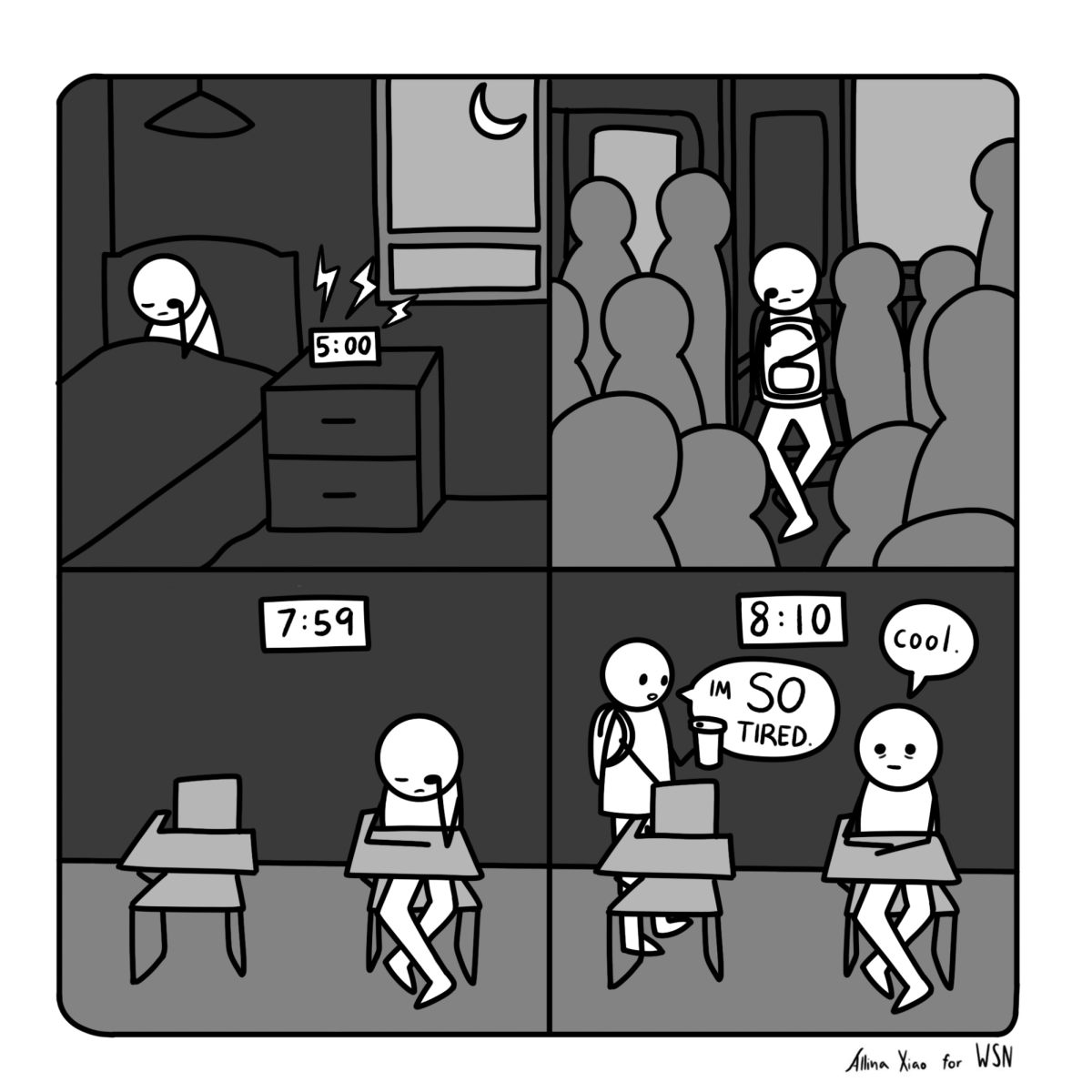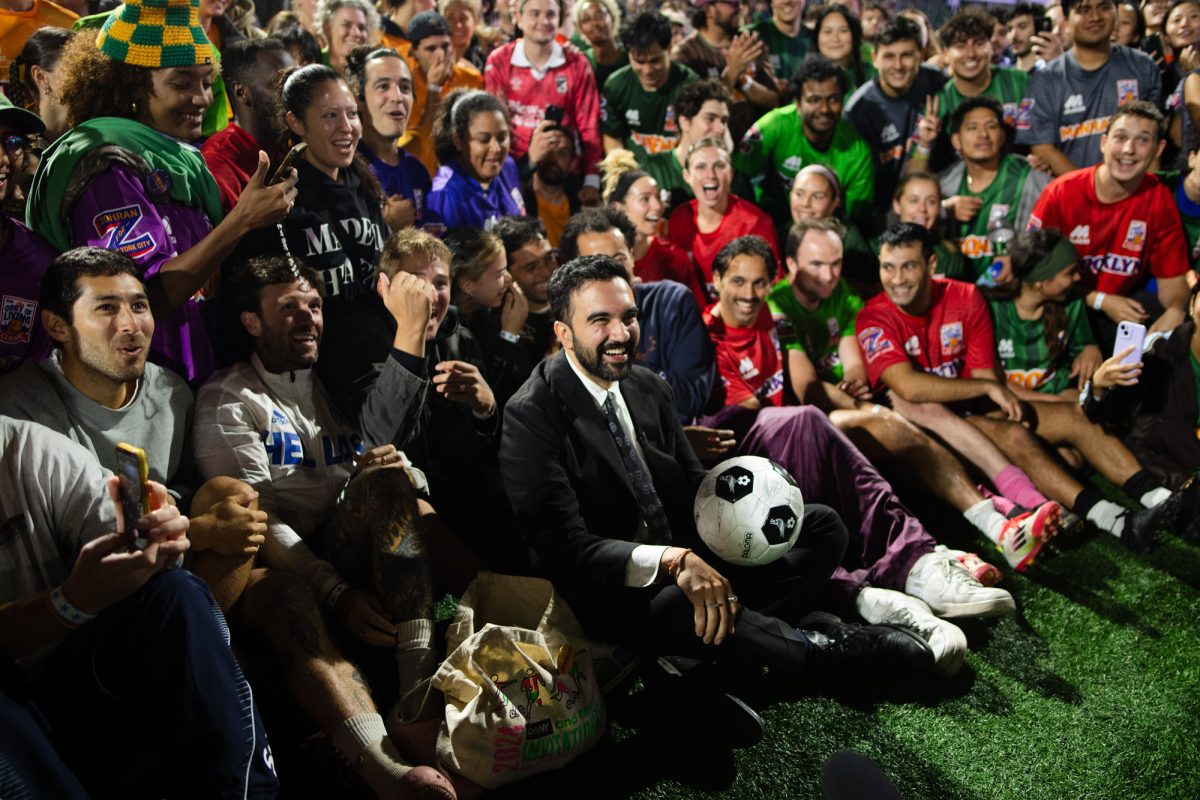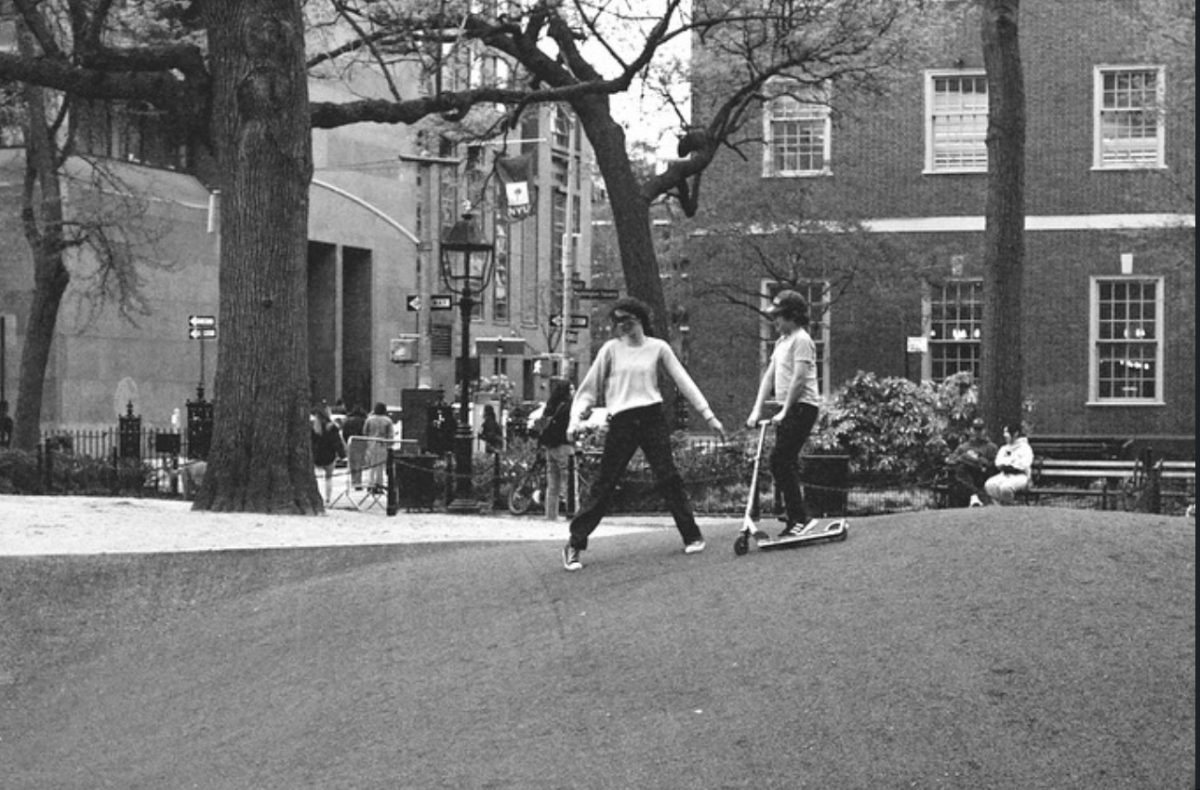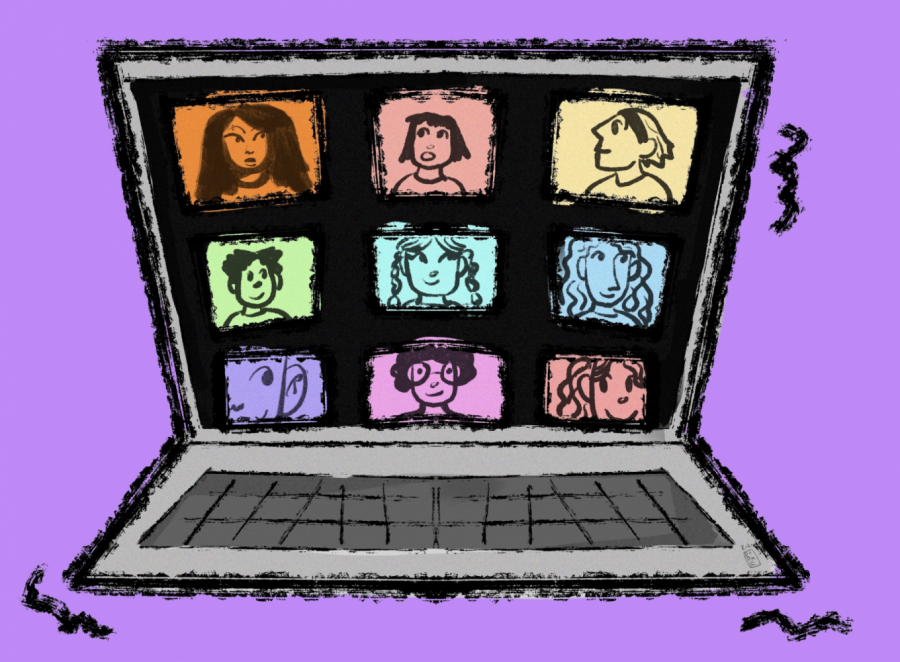Most students have experienced rushing to class despite being physically and mentally drained, simply because attendance is mandatory and lectures are not recorded or available on Zoom. This often results in students attending class but struggling to pay attention — physically present but not meaningfully engaged. In a post-pandemic world, where remote learning is a viable possibility, NYU should require every class, or at least those that are lecture-based, to have an option for students to join via Zoom or watch a recording when they are unable to attend class in-person.
This provision could simply help a student not have to choose between their health and education. According to a fall 2024 study, 38% of students in college in the prior 12 months had been diagnosed with a cold, virus or respiratory illness at some point. While this may seem like a trivial inconvenience, students can be mentally and physically drained due to their medical conditions, leaving them unable to go to class. With students fearing that they might miss more classes than the permitted number of excused absences, they might feel pressure to attend class even when they are unwell, increasing the risk of spreading illness to other students as well. Most people can agree they’ve been too sick to go to class at least once before, and having an easy resource to catch up on missed class would be invaluable.
Along with this, offering captioned recordings can be especially helpful for international students whose first language is not English. Recordings not only aid such students, but also provide an additional useful resource for students to revisit concepts later and learn at a comfortable pace. Having the chance to go through practice sets again with your professor, or simply wanting to catch up because you couldn’t pay attention after a long week of work, is extremely beneficial. In large lecture halls, students can often miss the nuances of detailed explanations while trying to take notes. Captioned recordings close that gap and help to prioritize effective means of learning rather than simple rote memorization.
Still, there are valid concerns about providing virtual attendance options. Most significantly, there is the worry that providing Zoom recordings for students may lead to lower in-person attendance. But in 34 studies conducted on lecture recordings and its impact on attendance, 88% of the studies saw that recordings had only a slight negative impact on in-class attendance, while lecture recordings served to increase retention and overall class performance. Any person who really cares about their academic achievement knows that there is no perfect substitute for being in class yourself, because students recognize their participation and engagement with the material is what makes them truly learn.
There’s also the additional wrinkle that back-to-back Zoom meetings and staring at so many screens without a break lead to higher indicators of anxiety and stress. Transmission delays from video streaming have also been associated with more negative appraisals of the speaker and their personality, showing that the inherent nature of remote learning will lead to more negative perceptions of speakers on Zoom.
Yet none of these are dealbreakers — the real problem that needs to be addressed with Zoom learning is ensuring attendance and class engagement, while still providing accessible options for absent students. Moderation is the best way to approach the issue. By only providing the option to join class via Zoom for three to five classes a semester, and not for in-class quizzes and exams, professors can keep students involved. In the past, I’ve had professors use their teaching assistant to rewatch the recordings and take note of students who participate. Some other professors also require absentees to post a summary document about their learnings from the recorded lectures on an online forum to ensure that they have caught up with their coursework.
Having TAs monitor the Zoom session and moderate the public chat while overlooking the in-person class is a hands-on, practical approach to managing Zoom learning. If physical presence is equated to engagement, then does that mean a student who sits in the back scrolling through Instagram would get a higher participation grade than students who actively participate through Zoom chats?
Zoom and recorded lectures won’t replace the classroom experience, but would complement it and help our learning environment improve. Welcoming tools that allow for greater flexibility will make classes more accessible and inclusive spaces. In a city that works at such a fast pace, and a university that constantly evolves, our means of learning should too.
WSN’s Opinion section strives to publish ideas worth discussing. The views presented in the Opinion section are solely the views of the writer.
Contact Shanay Tolat at [email protected].

























